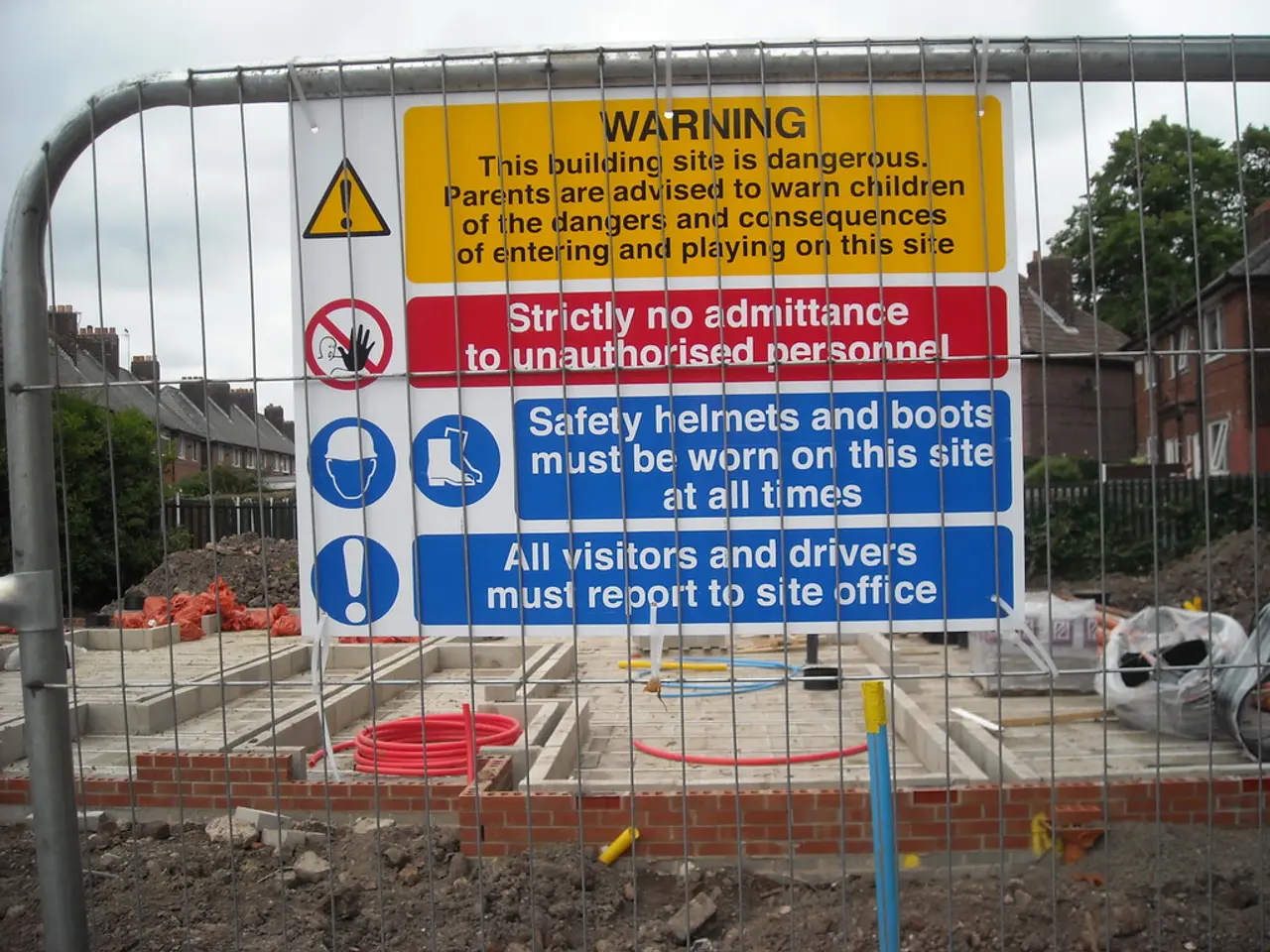Obstacles Confronting Leaders in Supply Chain Management!
In the wake of the COVID-19 pandemic, supply chain executives have faced a series of unprecedented challenges. Over the past 18 months, the cost per barrel of crude oil has more than tripled, rising from $20.10/bbl to $68.50. This increase has, in turn, caused fuel rates to reach decade-plus highs in 2021.
One of the top challenges supply chain executives faced in 2022 was material shortages and scarcity. The persistent imbalance between supply and demand led to shortages in critical materials such as petrochemicals, electronic components, plastics, and building staples. To address this, supply chain leaders needed to work closely with production and operations teams to avoid bottlenecks, diversify supply sources, negotiate new contracts, and prepare for rising costs.
Another significant challenge was the increasing demand for supply chain visibility. The pandemic's disruptions highlighted the need for greater transparency and real-time tracking across global supply chains. Enhanced visibility through improved data analytics and technology adoption helps manage risks and allows quicker responses to disruptions.
Labor shortages also remained a challenge, affecting production and logistics. To overcome this, leaders had to implement flexible labor policies, invest in automation where possible, and improve workforce management strategies.
The increase in online transactions and interconnected supply chains also raised complexity and vulnerability to cyberattacks. Strengthening cybersecurity and integrating advanced data analytics were critical countermeasures.
Heavy reliance on suppliers concentrated in certain countries created vulnerabilities due to export restrictions, tariffs, and lockdowns. Strategies included diversifying suppliers geographically, developing local sourcing options, and improving risk assessment.
Healthcare supply chains, in particular, faced regulatory delays and inefficiencies, worsened by pandemic-induced disruptions. Adoption of AI, automation, blockchain for transparency, and enhanced forecasting improved inventory management and mitigated bottlenecks.
Reshoring supply chains presents unique challenges, such as navigating new domestic partnerships and costs. However, supply chain visibility, achieved through IoT and sophisticated management dashboards, brings transparency and accountability to the chain of custody.
In summary, supply chain executives in 2022 addressed pandemic-related challenges by emphasizing supply diversification, technology-driven visibility and forecasting, bolstering cybersecurity, managing labor strategically, and navigating geopolitical and regulatory complexities to create more resilient and agile supply chains. Identifying and embracing proactive supply chain executive leadership is crucial for addressing these challenges.
[1] Supply Chain Dive. (2022). Supply chain executives in 2022: Navigating pandemic-related challenges. [online] Available at: https://www.supplychaindive.com/news/supply-chain-executives-in-2022-navigating-pandemic-related-challenges/623927/
[2] McKinsey & Company. (2020). Supply chain resilience in the age of COVID-19. [online] Available at: https://www.mckinsey.com/business-functions/operations/our-insights/supply-chain-resilience-in-the-age-of-covid-19
[3] Forbes. (2020). 5 Ways To Navigate Supply Chain Challenges Amid The COVID-19 Pandemic. [online] Available at: https://www.forbes.com/sites/forbesbusinesscouncil/2020/06/15/5-ways-to-navigate-supply-chain-challenges-amid-the-covid-19-pandemic/?sh=708e128f6fca
[4] Deloitte. (2020). COVID-19: Navigating supply chain disruptions. [online] Available at: https://www2.deloitte.com/content/us/en/insights/focus/covid-19/covid-19-navigating-supply-chain-disruptions.html
[5] Gartner. (2020). COVID-19: The Top 6 Supply Chain Challenges and How to Address Them. [online] Available at: https://www.gartner.com/en/supply-chain/covid-19-the-top-6-supply-chain-challenges-and-how-to-address-them
- In the field of business, supply chain executives faced numerous challenges in 2022, as illustrated by Supply Chain Dive, McKinsey & Company, Forbes, Deloitte, and Gartner.
- Procurement became more complex due to rising costs in the industry, with the cost per barrel of crude oil more than tripling, as reported by several sources.
- To counteract material shortages and scarcity, supply chain leaders had to adopt strategies such as diversifying supply sources, negotiating new contracts, and improving workforce management strategies.
- Enhanced technology, like data analytics and IoT, played a crucial role in increasing supply chain visibility and managing risks, as detailed in general-news articles on supply chain management.




